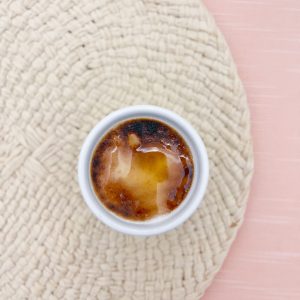For twenty years now, I’ve been using food, prayer, and conversation based around the liturgical calendar to share the lives of the saints and the beautiful truths and traditions of our Catholic faith. My own ten children, our friends and neighbors, and people just like you have been on this journey with me.
If you’d like to learn more about what Catholics believe and why, and to be inspired by saints from every era all over the world, you’ve come to the right place. If you’re feeling overwhelmed with the prospect of how to teach your kids about the faith in a way that’s true, engaging, and lasts a lifetime, we can help!
Contact me at helpdesk@catholicallyear.com
This blog contains affiliate links and sponsored posts, for which I receive a commission. We are a participant in the Amazon Services LLC Associates Program, an affiliate advertising program designed to provide a means for us to earn fees by linking to Amazon.com and affiliated sites.



0 Comments